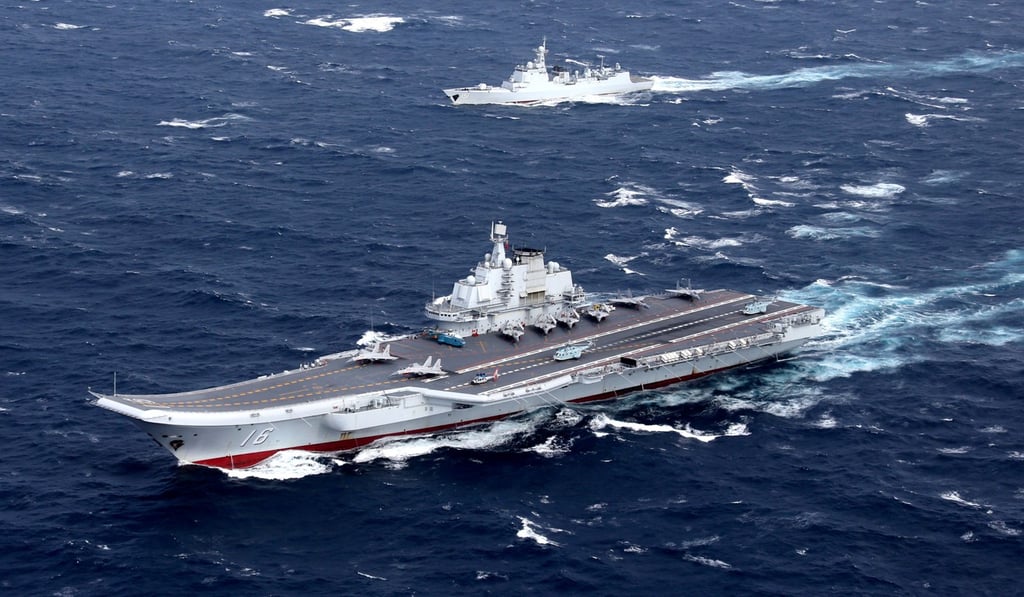China’s navy is being forced to rethink its spending plans as cost of trade war rises
- Technological and strategic barriers are also giving PLA Navy pause for thought, analysts say
- Despite its massive military expansion, China still lags behind the US, observers say

China is having to reassess its naval shipbuilding plans in the face of economic, technical and strategic challenges at home and abroad, according to military insiders.
While President Xi Jinping’s goal for modernising the military remains a priority, the nation’s top brass are mindful of the high costs of building a new generation of military ships, like aircraft carriers and destroyers.
Beijing has said repeatedly that the impact of its trade war with the United States would be bearable, but observers say the PLA Navy is under pressure to adjust its spending plans because of the uncertainty over the country’s economic outlook, as well as slower-than-expected technological and personnel developments.
“The escalating tension between China and the United States has reminded Beijing’s leaders that they need to be careful how much they spend on new warships,” a military source, who asked not to be named, told the South China Morning Post.

With an aircraft carrier, for instance, once the price of the hi-tech weaponry, control and communications systems, and fighter jets had been added to the basic cost of building the hull, it came in at about 50 billion yuan (US$7.2 billion), the person said.
Plans to build eight next-generation Type 055 destroyers, the largest of its class in China’s fleet with a displacement of more than 12,000 tonnes, also needed to be reconsidered, the source said.